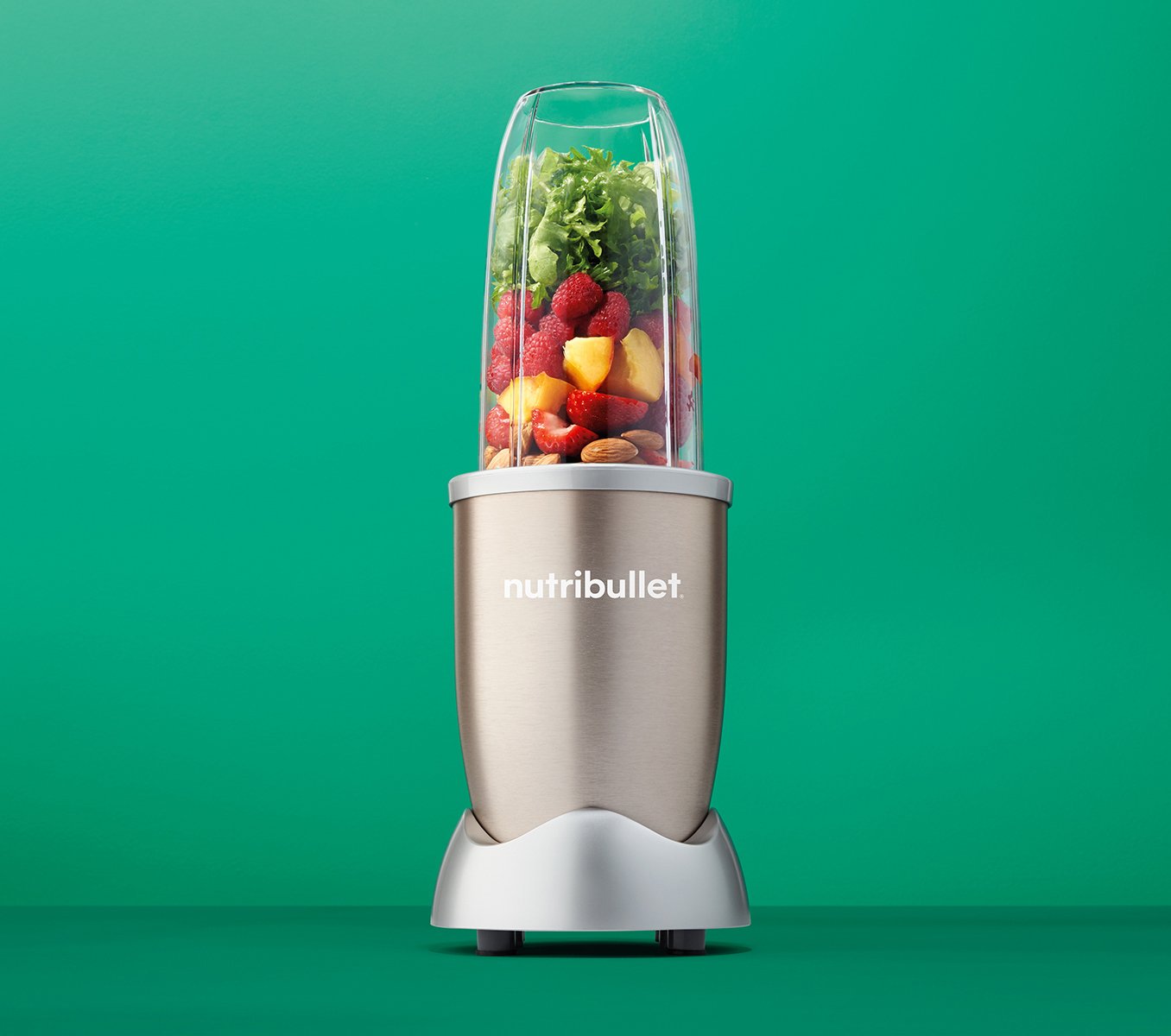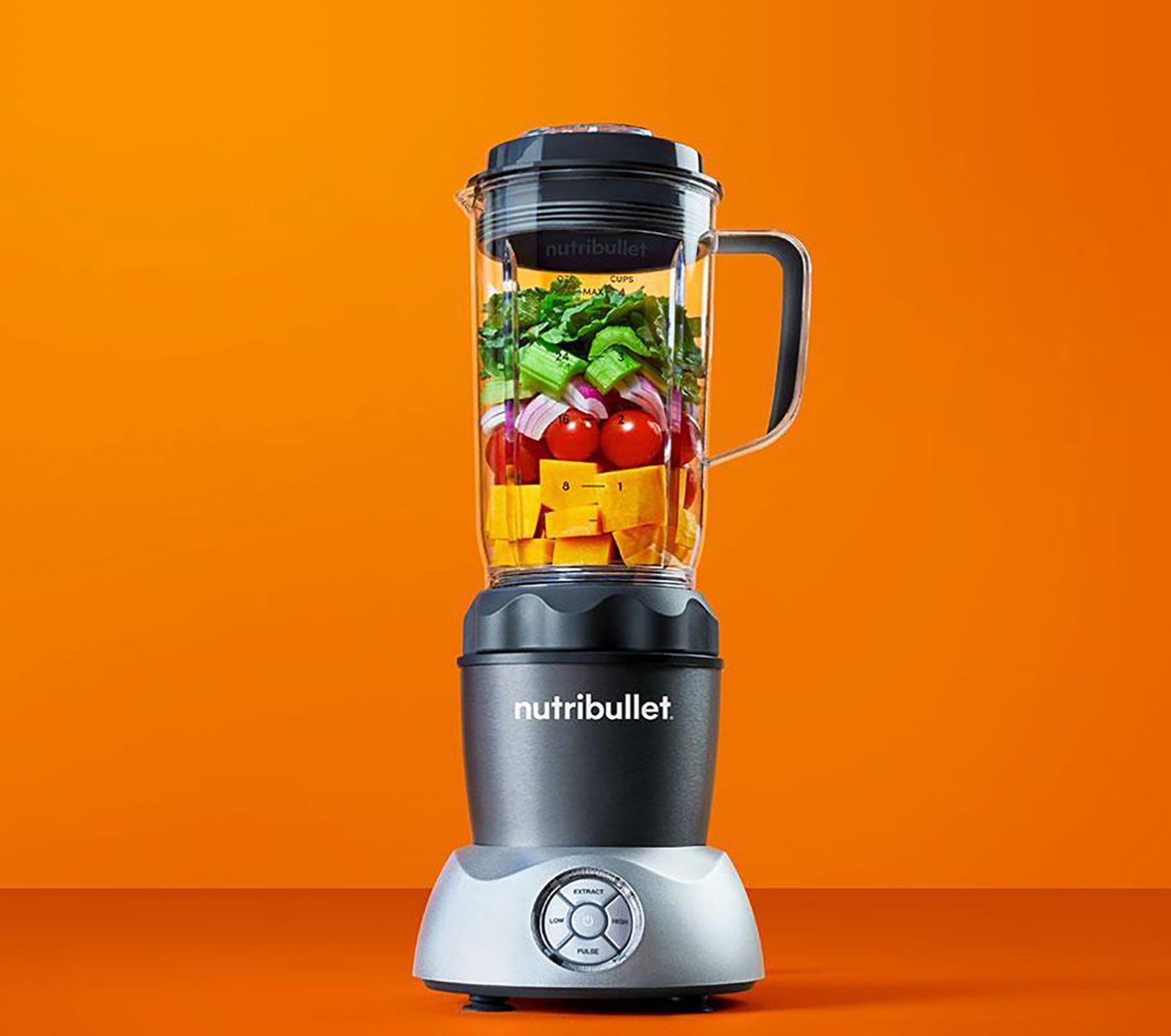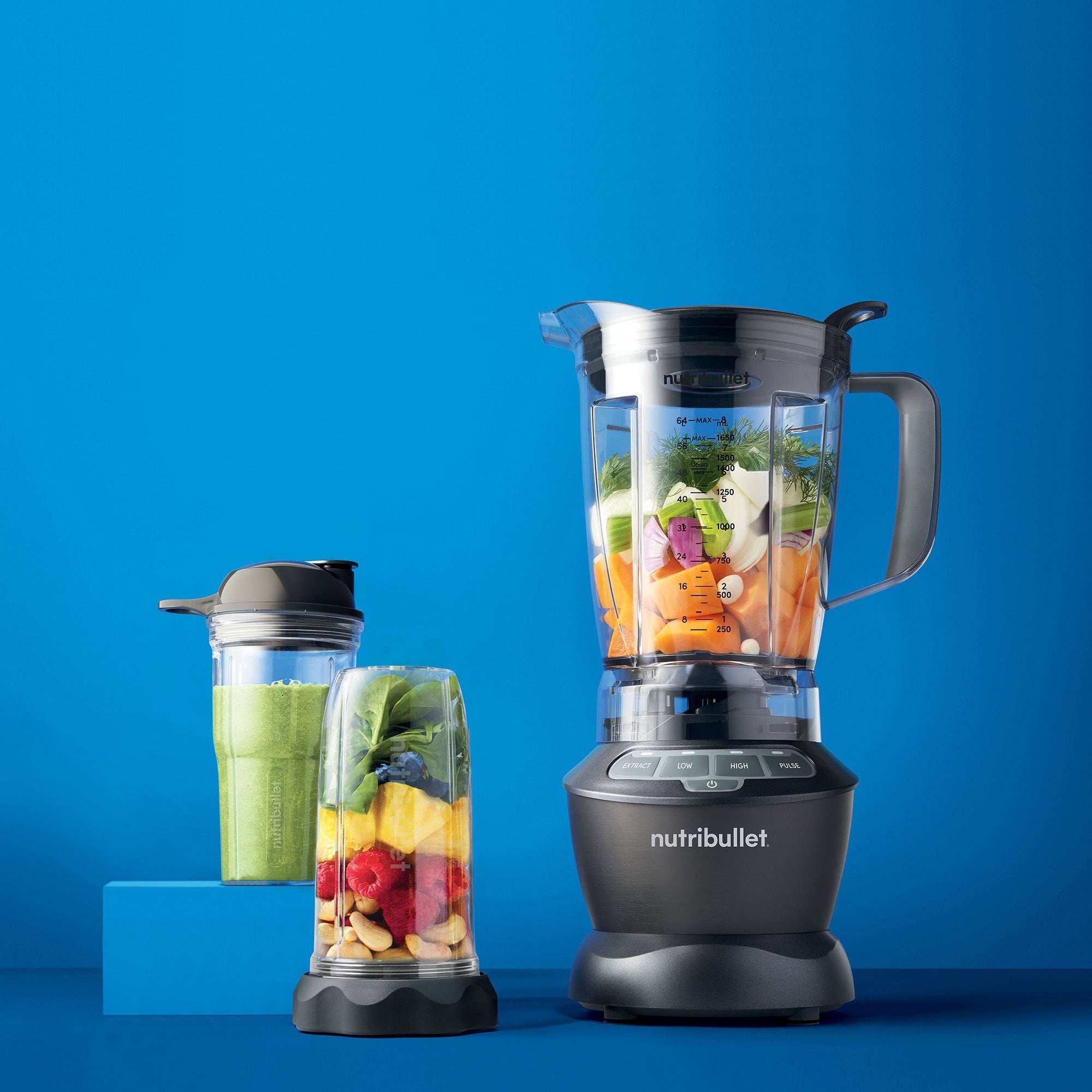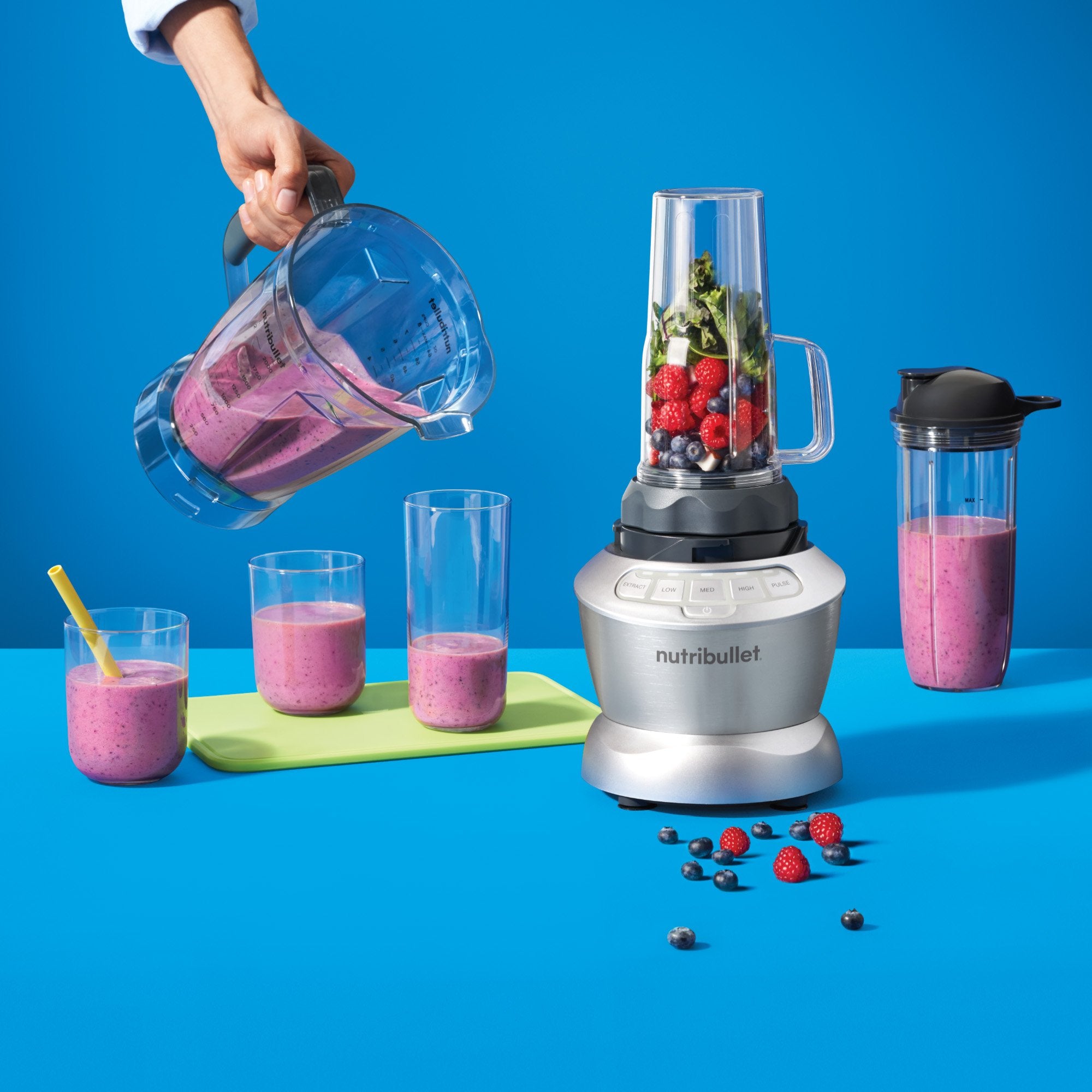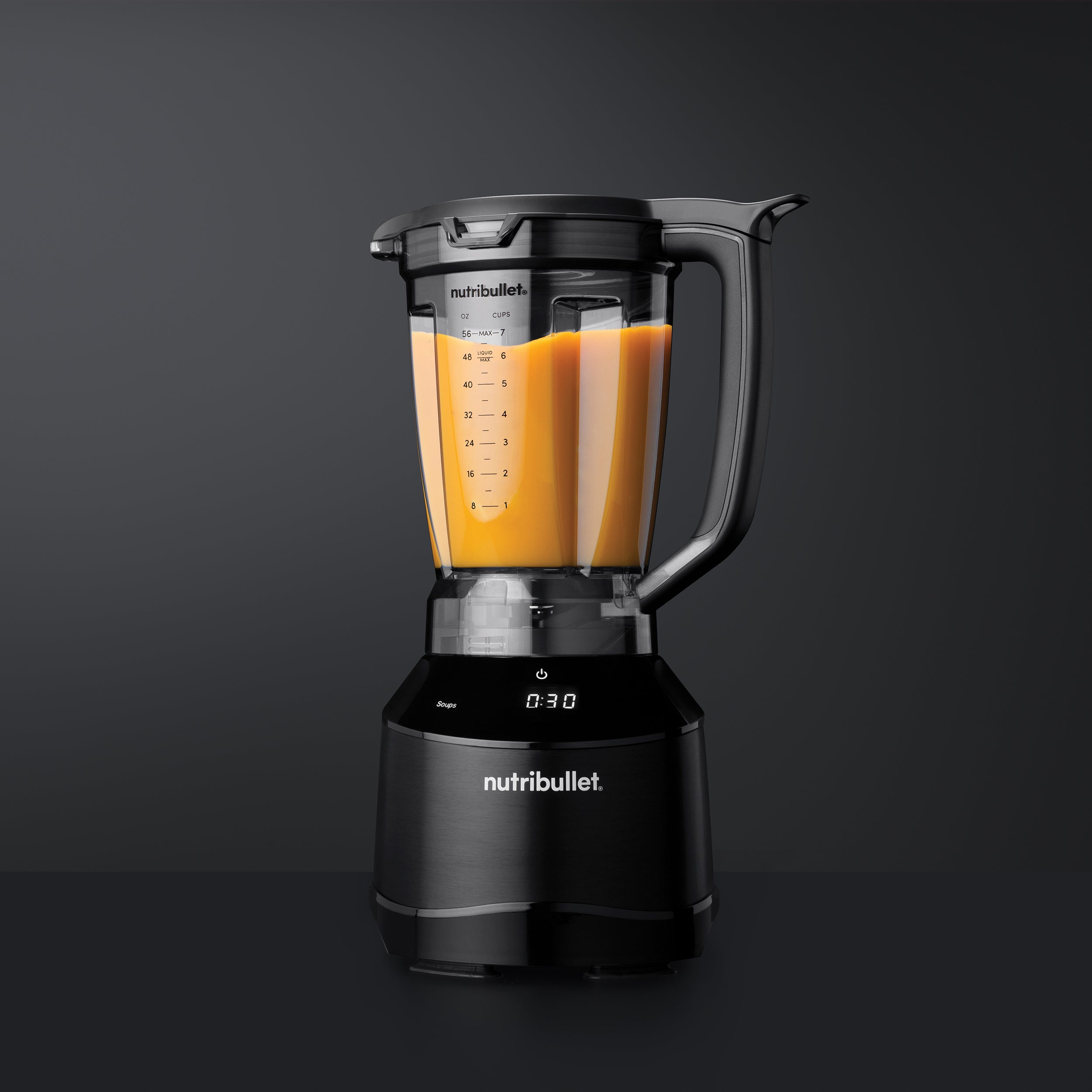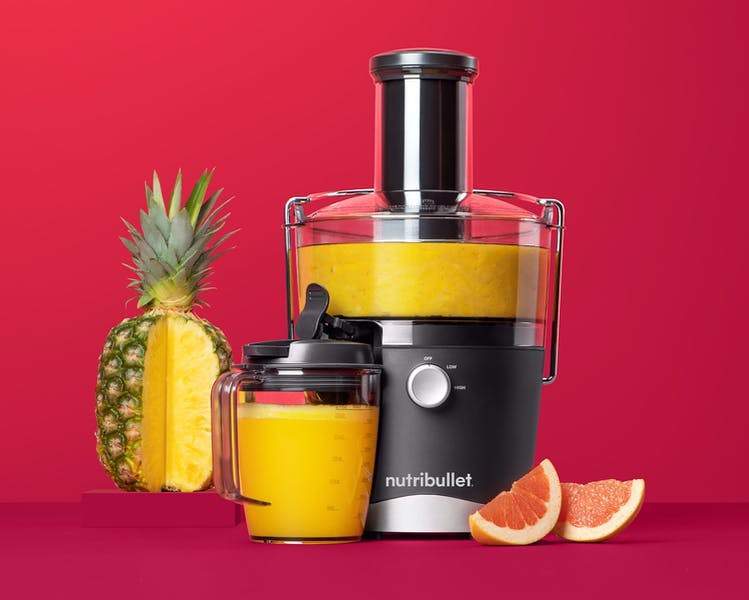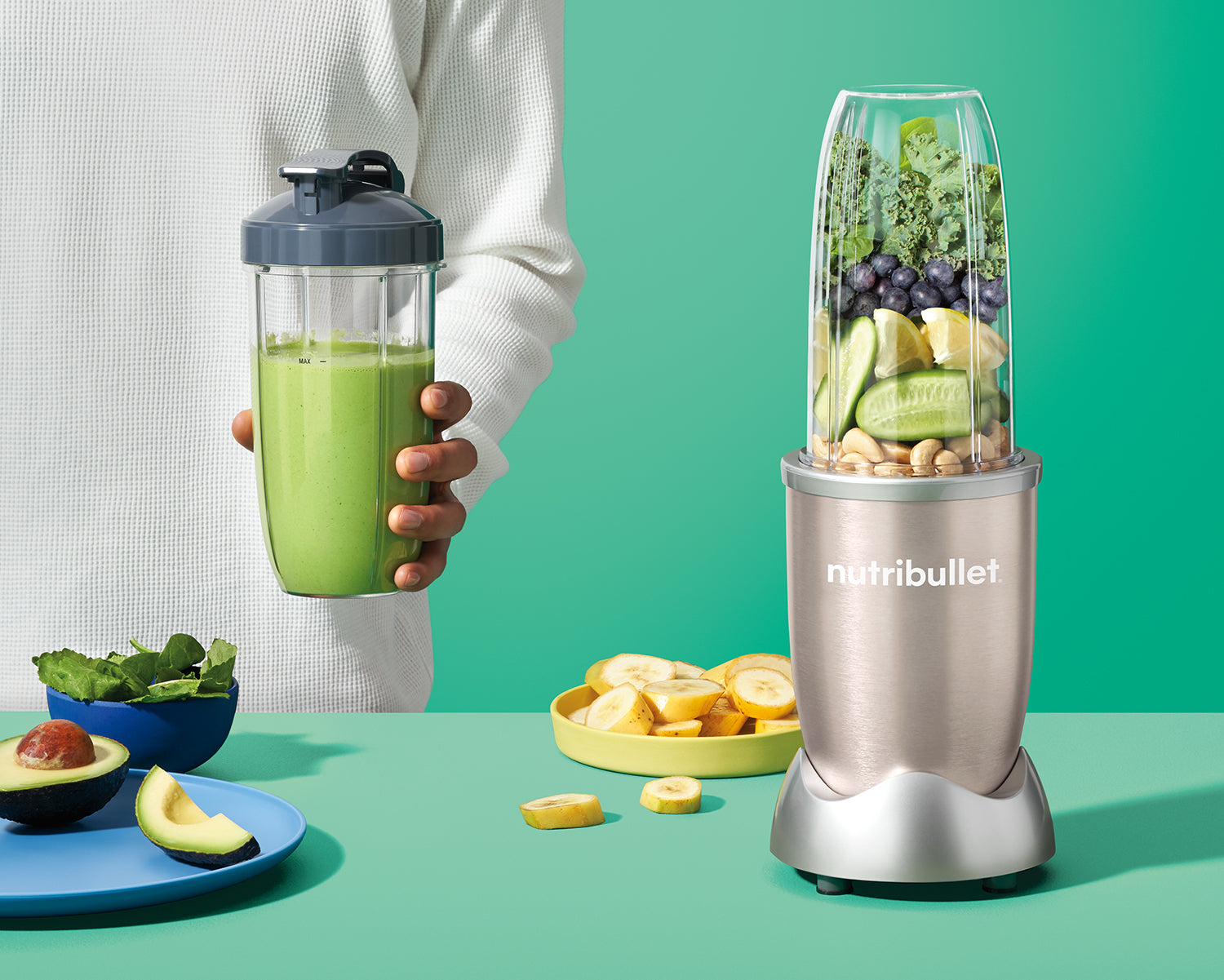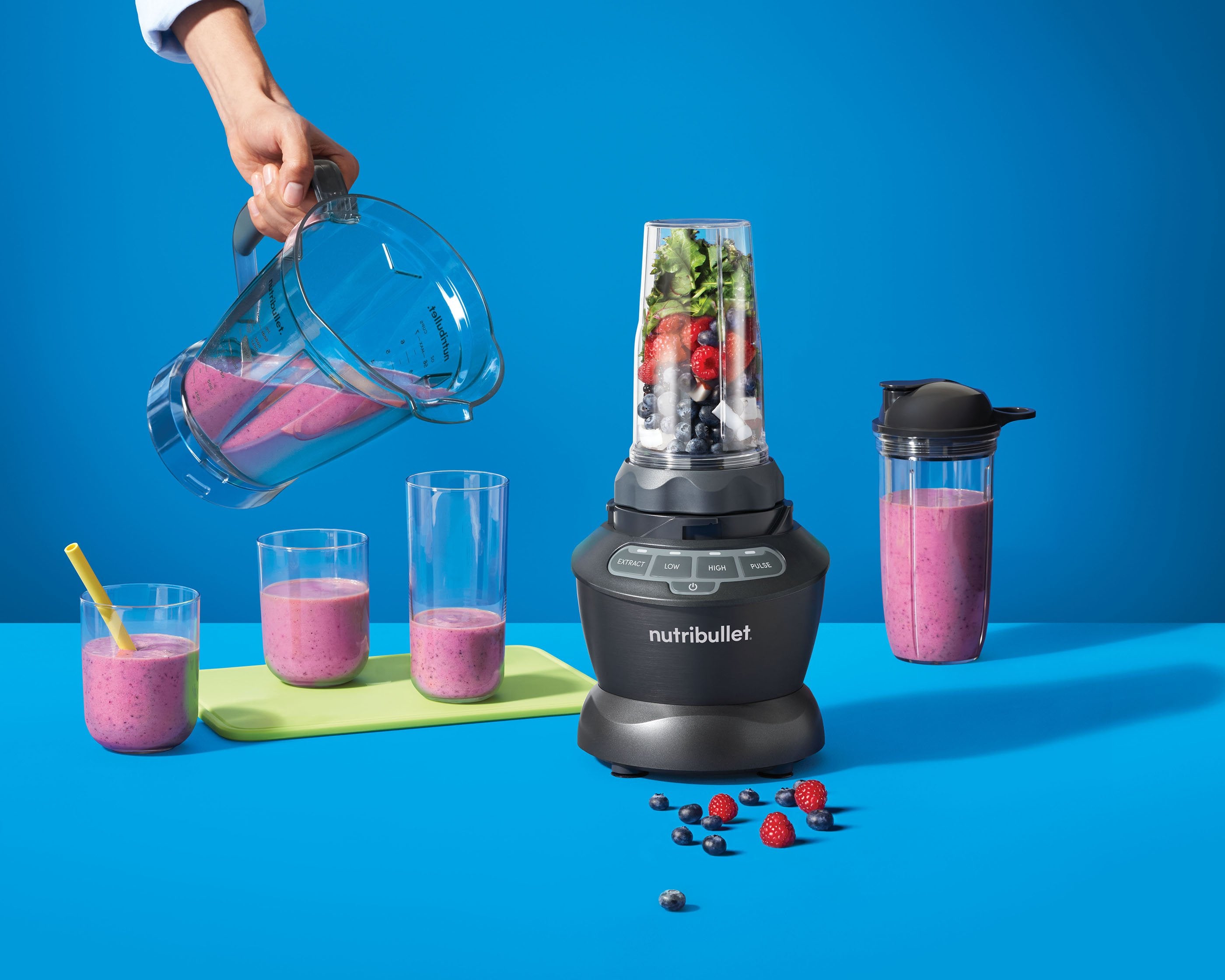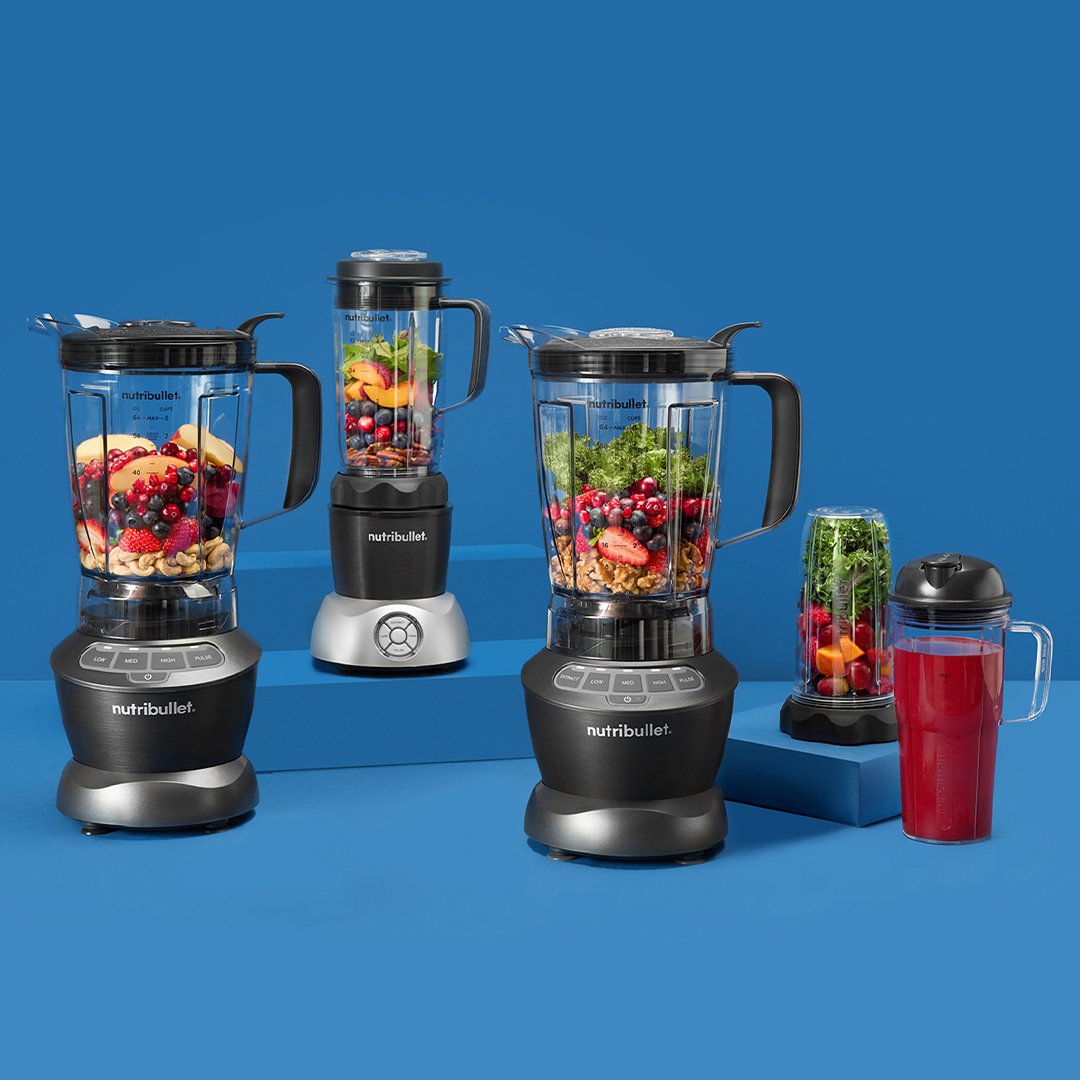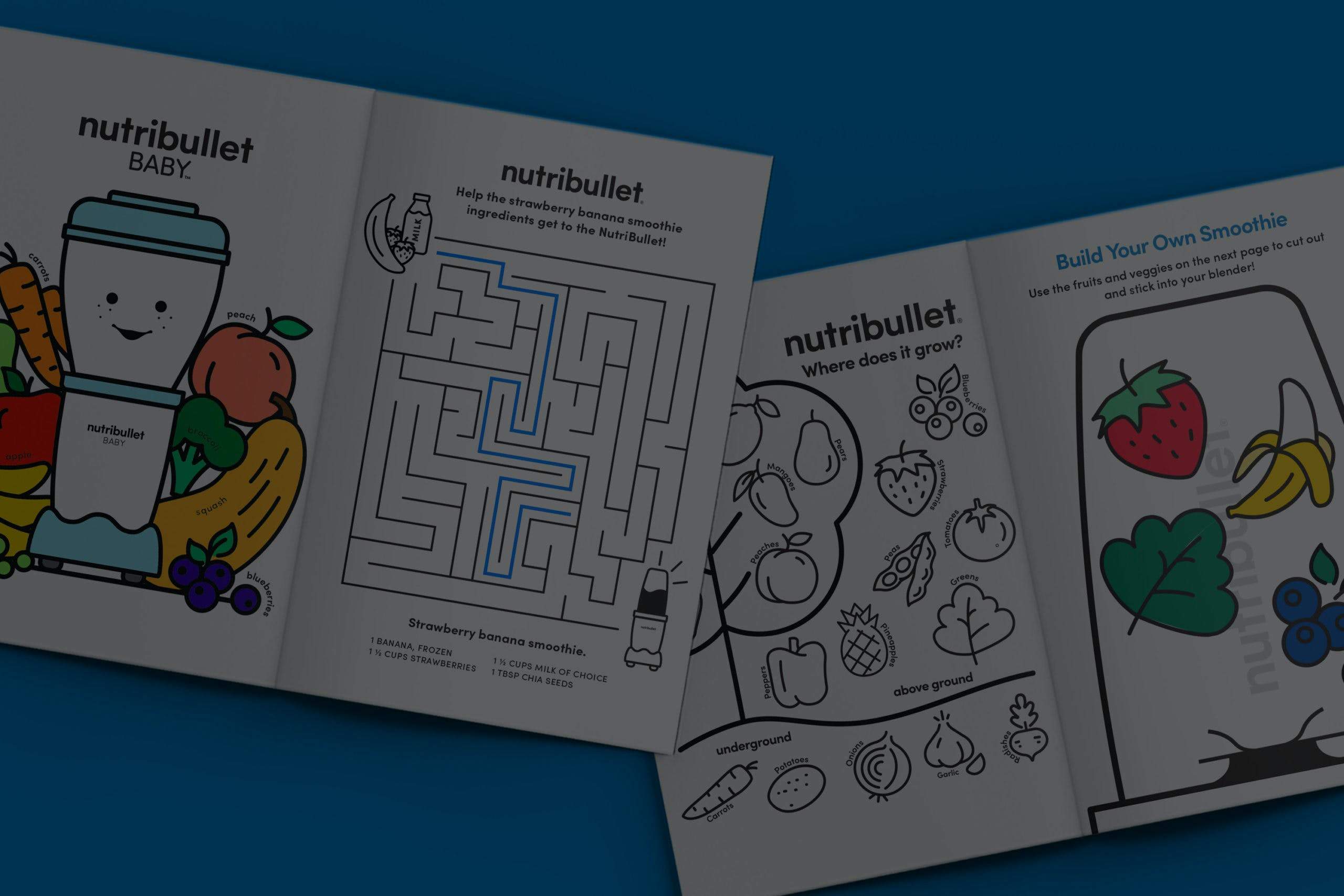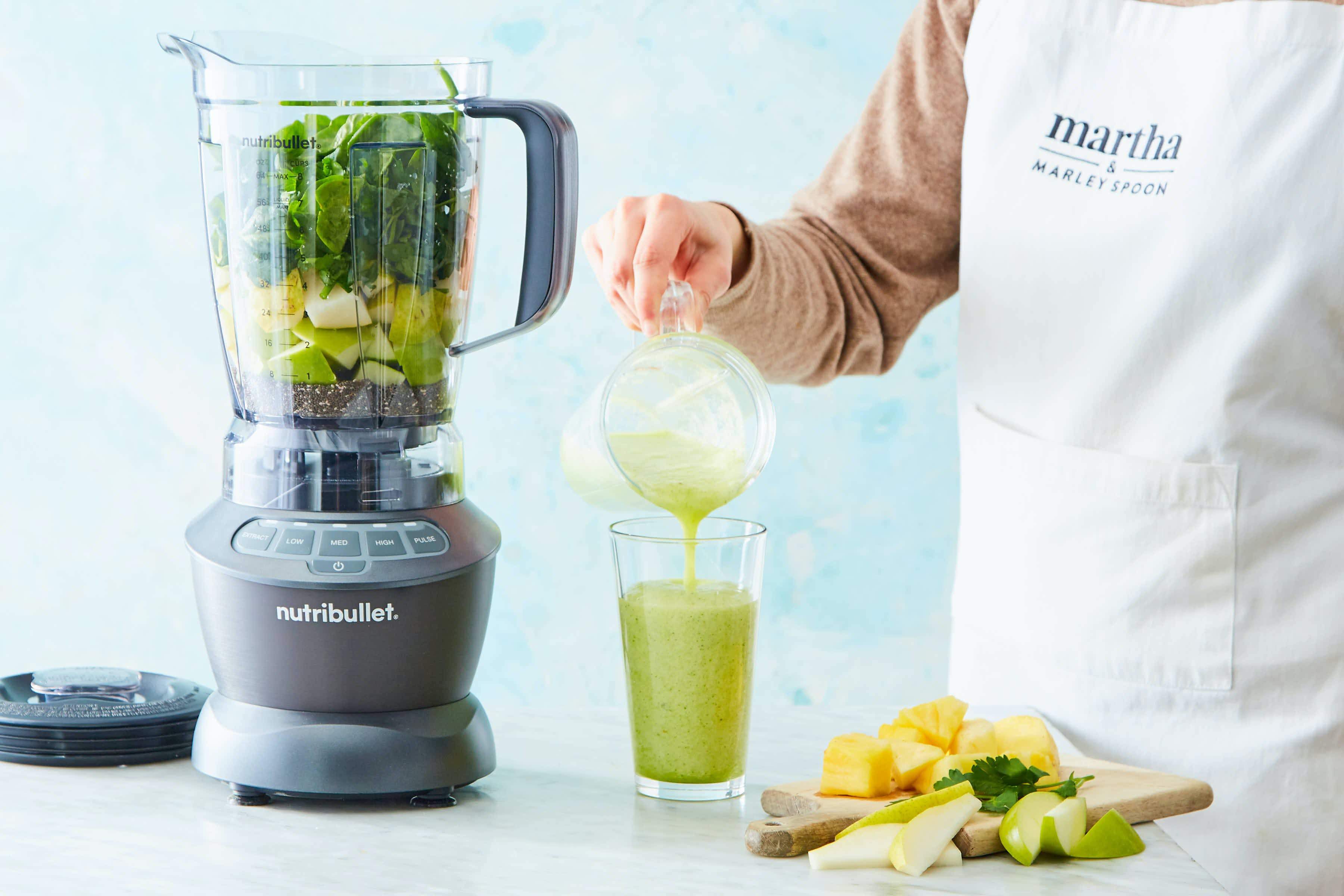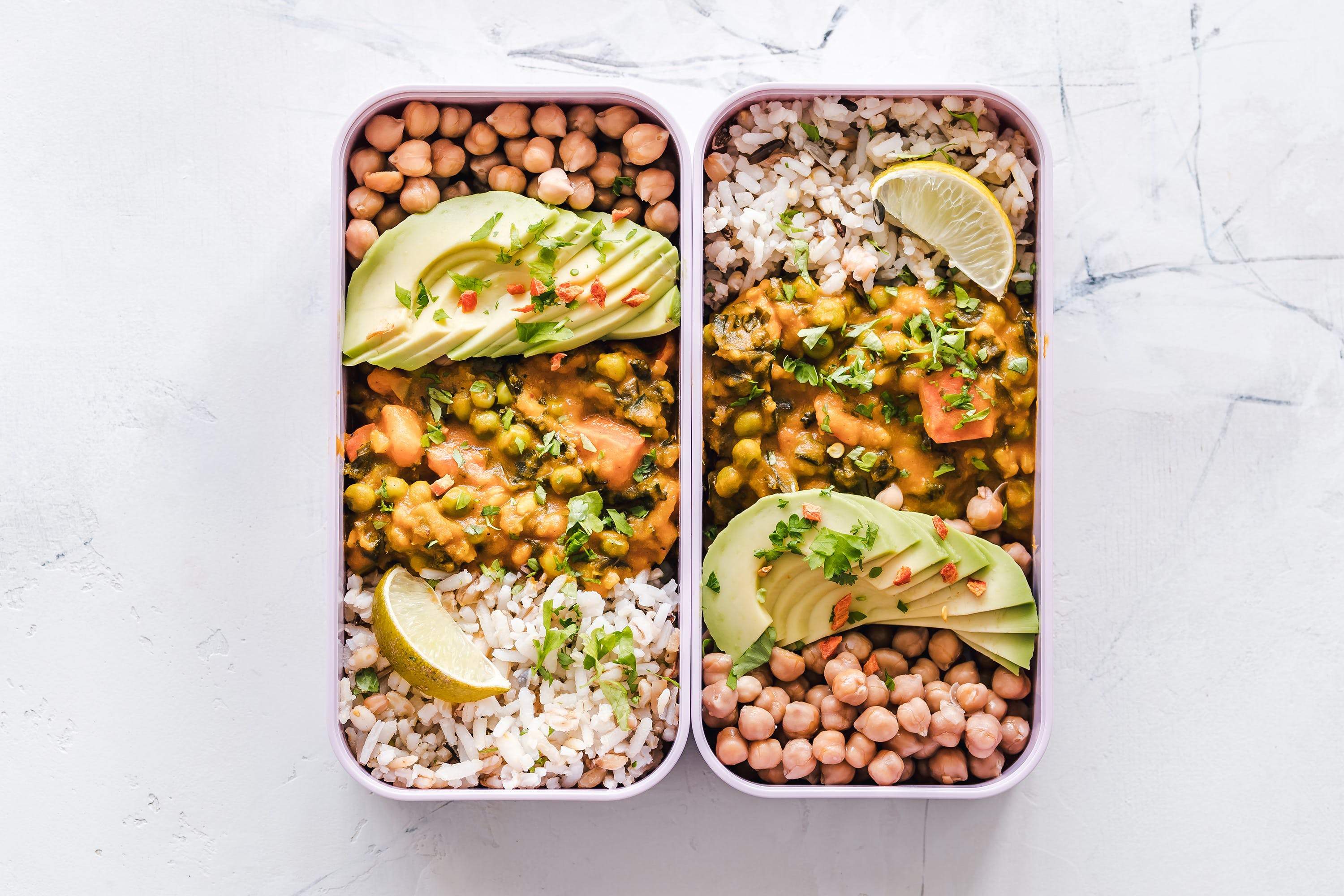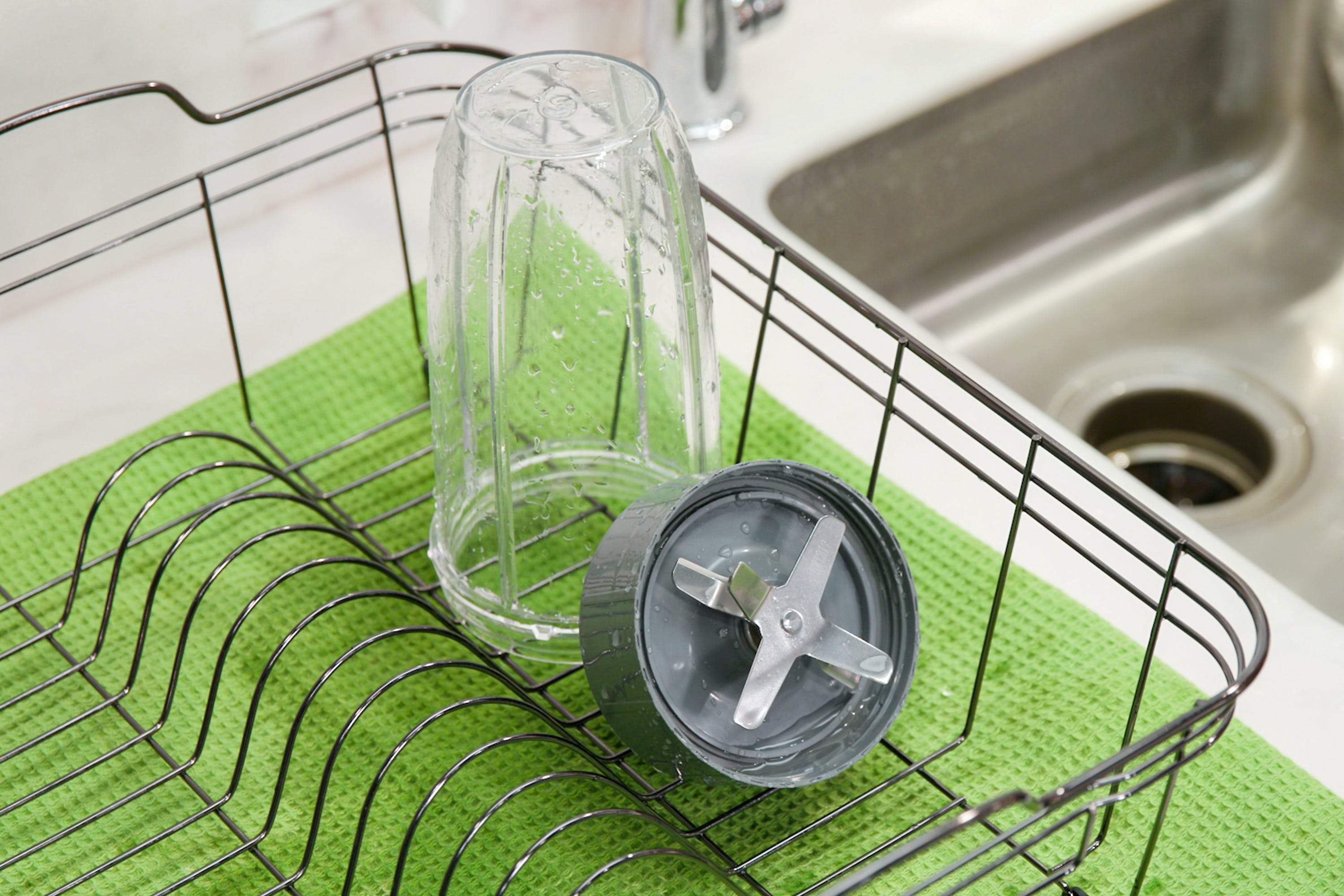Year after year, the holidays bring together family and friends to celebrate these special occasions and create wonderful memories. It’s also a time when we’re more likely to neglect our health due to all the holiday feasts and seasonal treats.
With holiday festivities just around the corner, let us not forget that we all know someone who’s diabetic or at risk of developing diabetes. By making healthy trade-offs that decrease overall carbohydrate and fat intake, your friends and family can still enjoy their favorite holiday dishes without worrying too much about their numbers.
Setting Goals
When we eat foods that are high in carbohydrates, the pancreas cannot produce enough insulin to take that carbohydrate into the muscles and brain. The excess carbohydrate circulates in the bloodstream and eventually, after damaging the tiny blood vessels of the eyes, heart, genitals, kidneys, toes, and other important organs, leaves the body in the urine.
Fat increases insulin resistance. This means when we eat foods that have fat, especially animal fat, the muscles and brain become resistant to insulin, the key that opens them up to let carbohydrate in. This leaves excess carbohydrate in the blood vessels, where it does a lot of damage until it’s flushed out of the body in the urine, rather than in the muscles and brain where it’s supposed to go.
To avoid further health complications, such as obesity, heart attacks, and strokes, start cutting down on simple sugars and fats. Prepare dishes that will encourage everyone to eat more fruits and vegetables and promote good health during the holidays.
Dishing out healthier recipes and even making small substitutions can make a world of a difference to someone’s health. Best of all, you won’t have to sacrifice the seasonal flavors we all know and love!
Ambrosia Salad
While a fruit salad sounds healthier than the typical cakes and sugar cookies, a classic ambrosia salad is still loaded with sweeteners. Avoid canned fruits, which are packed with syrups and other artificial ingredients that add empty calories. Opt for fresh fruits and leave the skins on to increase the fiber content and texture of the salad.
Instead of adding mounds of sugar to the recipe, try Stevia and a little honey. Adding a small amount and letting the salad sit overnight will allow the fruits to release their own natural sugars.
Skip the artificial, sugar-laden products and make your own whipped topping using low fat and natural ingredients. You can find recipes for easy-to-make whipped toppings using coconut milk on many websites these days. It’s an excellent dairy-free alternative that’s just as creamy and airy. Top with nuts for a healthy dose of nutrients like protein and heart-healthy fats.
Gravy
Make the gravy using the broth that was left over from boiling chicken or turkey. Allowing the broth to cool will make the fat easier to skim off the top, reducing the animal fat of the gravy.
Green Beans
Green beans are one of the healthiest items on the holiday menu. When they’re cooked with bacon, ham hock, or other fatty, high sodium items, however, this healthy recipe turns into a “killer-recipe” for everyone.
Why not use leaner pork or other lean meats, like venison, to flavor the beans? A lean venison sausage, seasoned with garlic, peppercorns, and a little jalapeño, makes a wonderful flavoring for green beans without the extra animal fat and sodium.
Yams and Sweet Potatoes
What are holiday dinners without sweet potatoes and yams? These vegetables taste outstanding with cinnamon and, like green beans, they’re good for you – that is until you throw in the butter, marshmallows, and other sugary items.
Simple substitutions can make sweet potato dishes healthier without sacrificing taste. Use Stevia instead of sugar and almond milk instead of dairy milk. Cut down on even more sugar by adding vanilla extract and maple extract. Unsweetened apple sauce goes well with sweet potatoes, adding rich texture and flavors. Use less butter and add chopped pecans for a wonderful crunchiness with less fat.
Flavorings and Seasonings
Most people get their salt, not from the salt shaker, but from processed foods. The best ways to keep the sodium intake at a minimum are to prepare dishes from scratch and buy low sodium foods made with all natural ingredients.
Salt isn’t the only seasoning that can make a dish stand out. Use garlic and onion powder instead of garlic and onion salt to cut back on sodium. Increase the number of plant seasonings you add to your cooking. Fresh herbs, like basil, thyme, oregano, and rosemary, add wonderful aroma and flavor to any savory dish.
You can also use vegetables and fruits to give meats more appeal. Cut carrots, lemons, and oranges in half and place them inside the birds before roasting. Add more vegetables tossed in herbs to the baking pan and let the wonderful aroma take over your home. Top the cooked fruits with cinnamon and serve with the roasted vegetables as sides for your meal.
While you may be tempted to skip breakfast and “save room” in your stomach for the holiday feast later that day, fasting is dangerous for your health. Eat breakfast the morning of your intended gathering and have a veggie-packed NutriBlast smoothie to fuel your body throughout the day.
Also, there’s no need to eat everything on the table in the first hour. Start small and have seconds later when you are sure you’re still hungry. Remember, leftovers are the best part of any festive meal!
Holiday feasts and social gatherings should not compromise your health or the health of your friends and family, especially if someone is diabetic. By making smart choices and healthy substitutions, everyone can enjoy the holiday season for many years to come.
Happy holidays, everyone!
Nutritional information
Recipe: Creamy Green Strawberry Dream Serving in this recipe:1
- Calories: 236.6
- Total Fat: 3.6 g 5.5%
- Saturated Fat: 0.4 g 1.9%
- Cholesterol: 0 mg 0%
- Sodium: 358.7 mg 14.9%
- Total Carbs: 45.7 g 15.2%
- Dietary Fiber: 9.9 g 39.4%
- Sugar: 22.1 g
- Protein: 8.1 g 16.2%
- Vitamin A: 481.9% Vitamin C: 244.1%
- Calcium: 68.5% Iron: 26.1%
* Percent Daily Values are based on a 2,000 calorie diet. Your daily values may be higher or lower depending on your calorie needs.

